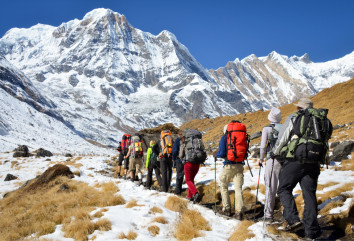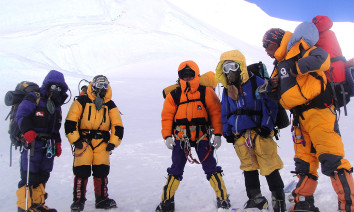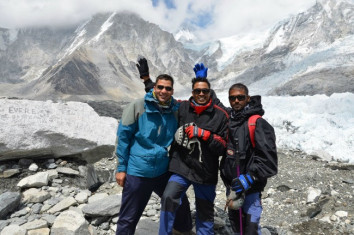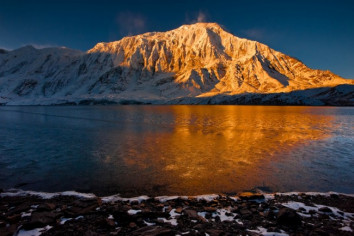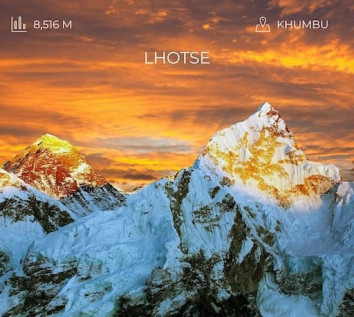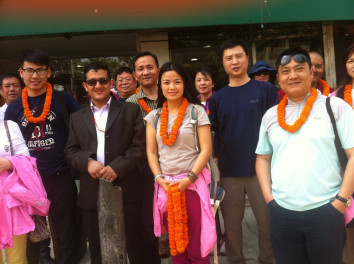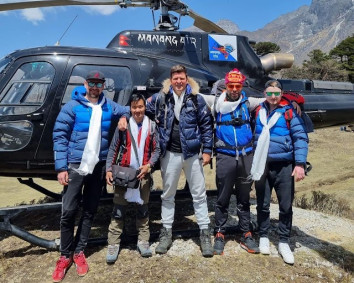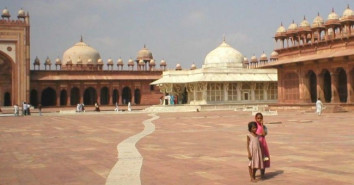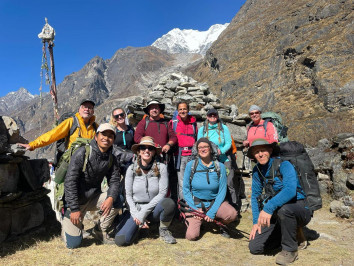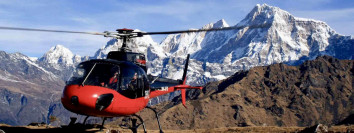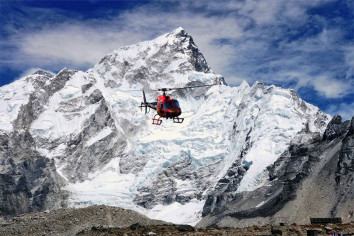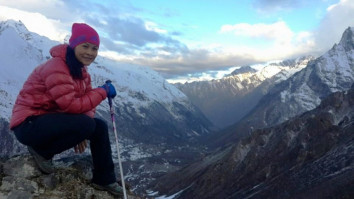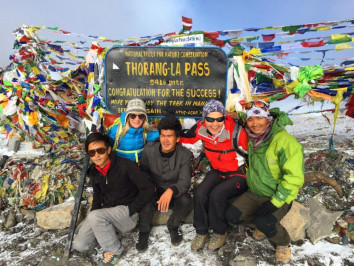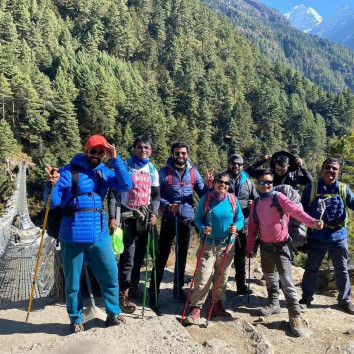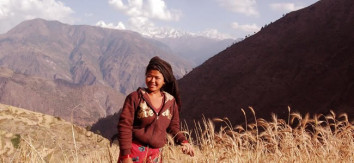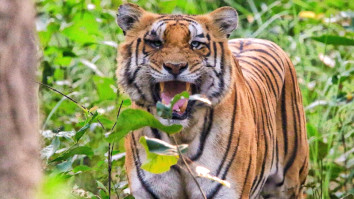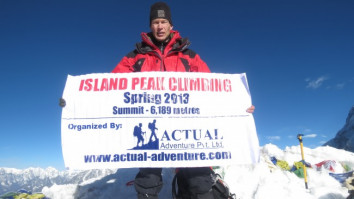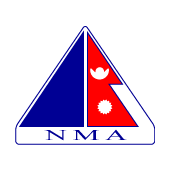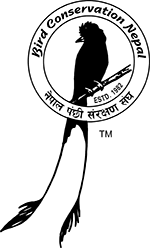27th Jul, 2023
Kathmandu to Panchpokhari trek for 4 days
Introduction:
The walk from Kathmandu to Panchpokhari is an alluring adventure that reveals the unspoiled beauty of Nepal's Langtang area. This quick 4-day journey offers the ideal fusion of natural marvels, cultural interactions, and spiritual experiences, all while nestled in the foothills of the Himalayas. You'll enter a world of beautiful valleys, quaint villages, and holy glacial lakes as you travel from the busy metropolis of Kathmandu to the tranquil surroundings of Panchpokhari. This journey offers the chance to find consolation in the serene atmosphere of the Himalayas as well as a refuge for nature lovers. Come along with us as we set off on this amazing journey from Kathmandu to Panchpokhari, where each step results in fresh discoveries and priceless memories.
Table of Contents
Top 5 things to enjoy during Panchpokhari trek
Trekking through the Himalayan Trails:
The main highlight of the Panchpokhari trek is the scenic and adventurous trekking trail. You'll pass through lush green forests, terraced fields, and charming traditional villages. The trail offers breathtaking views of the Himalayan peaks, including Langtang Lirung, Dorje Lakpa, Jugal Himal, and others. Enjoy the fresh mountain air and immerse yourself in the serene surroundings.
Visit Panchpokhari Lakes:
The trek gets its name from the group of five holy lakes, known as "Panchpokhari." These glacial lakes are considered sacred by Hindus, and many pilgrims visit them during Janai Purnima (a Hindu festival). The crystal-clear waters, surrounded by snow-capped mountains, create a mesmerizing sight. Take some time to explore each of the lakes and enjoy the tranquility of the area.
Experience Local Culture and Hospitality:
During the trek, you'll have the opportunity to interact with the local communities, mainly the Tamang and Sherpa people. Embrace the warm hospitality and learn about their unique culture, traditions, and way of life. You can also visit monasteries and traditional houses along the way, gaining insights into the local customs.
Photography and Nature Appreciation:
Panchpokhari trek offers incredible opportunities for photography and nature appreciation. Capture the scenic landscapes, the pristine lakes, the terraced fields, and the diverse flora and fauna. Keep an eye out for exotic Himalayan birds and wildlife that are endemic to the region.
Sunrise and Sunset Views:
Throughout the trek, you'll encounter various viewpoints that offer stunning sunrise and sunset views over the Himalayas. One of the popular vantage points is the "Panchpokhari Top," from where you can witness the golden rays illuminating the snow-capped peaks during sunrise and enjoy the magical hues of dusk during sunset.
FAQs
1. What is the Panchpokhari trek?
The Panchpokhari trek is a popular trekking route in Nepal that takes you to a group of five holy lakes (Panchpokhari) located at an altitude of about 4,100 meters (13,450 feet). It is known for its natural beauty, cultural diversity, and stunning views of the Himalayan peaks.
2. Where is Panchpokhari located?
Panchpokhari is situated in the Sindhupalchowk district of Nepal, northeast of Kathmandu. The trekking trail starts from a village called Chautara and leads to the Panchpokhari Lakes.
3. How long does the Panchpokhari trek take?
The Panchpokhari trek usually takes around 4-5 days to complete. However, the duration can vary depending on the starting and ending points, as well as your pace and acclimatization needs.
4. What is the best time to do the Panchpokhari trek?
The best time for the Panchpokhari trek is during the spring (March to May) and autumn (September to November) seasons. These months offer stable weather, clear skies, and favorable trekking conditions with moderate temperatures.
5. How difficult is the Panchpokhari trek? Is it suitable for beginners?
The Panchpokhari trek is considered to have a moderate difficulty level. While it doesn't require technical climbing skills, a reasonable level of fitness and some prior hiking experience is recommended. Beginners with a good fitness level can still enjoy the trek with proper preparation.
6. What permits are required for the Panchpokhari trek?
As of my last update in September 2021, the Panchpokhari trek required a TIMS (Trekkers' Information Management System) card and a Langtang National Park entry permit. However, permit requirements may change, so it's essential to check the latest information from the Nepal Tourism Board or a local trekking agency before your trip.
7. How do I get to the starting point of the Panchpokhari trek?
The starting point of the Panchpokhari trek is Chautara, which is accessible from Kathmandu. You can take a local bus or hire a private vehicle to reach Chautara from Kathmandu. The journey takes approximately 5-6 hours.
8. What kind of accommodation is available during the trek?
Along the Panchpokhari trek, you'll find basic teahouses and guesthouses in the villages. These accommodations provide simple and comfortable rooms with shared facilities. Keep in mind that the amenities may be more basic as you ascend to higher altitudes.
9. Is it necessary to hire a guide or porter for the Panchpokhari trek?
While hiring a guide or porter is not mandatory, it can enhance your trekking experience, especially if you are new to the area or trekking in general. A guide can provide valuable insights, ensure your safety, and offer cultural information, while a porter can lighten your load and make the trek more enjoyable.
10. What kind of weather can I expect during the trek?
Weather in the Himalayas can be unpredictable, but during the best trekking seasons (spring and autumn), you can expect moderate temperatures during the day (around 10-20 degrees Celsius) at lower elevations and cooler temperatures as you ascend. Nights can be quite cold, especially at higher altitudes.
11. Are there any altitude-related concerns during the Panchpokhari trek?
Altitude sickness can be a concern during the Panchpokhari trek, especially as you reach higher elevations. It's essential to acclimatize properly, stay hydrated, and ascend gradually to minimize the risk. If you experience any symptoms of altitude sickness (headache, dizziness, nausea, etc.), it's crucial to descend to a lower altitude and seek medical attention if necessary.
12. What should I pack for the Panchpokhari trek?
Pack lightweight, moisture-wicking clothing suitable for both warm and cold conditions. Essential items include trekking boots, a down jacket, a hat, sunglasses, a first aid kit, a water bottle, sunscreen, and trekking poles. Don't forget to bring your trekking permits and necessary documents.
13. Are there any emergency services available along the trekking route?
While there may be some basic medical facilities in the villages along the trek, it's essential to be self-sufficient and prepared for emergencies. In case of a severe medical situation, helicopters can be chartered for evacuation to Kathmandu.
14. Can I find ATMs and internet connectivity during the trek?
ATM facilities are limited on the trekking route, so it's advisable to carry enough cash (Nepalese Rupees) for your expenses. Internet connectivity may be available in some villages, but it can be unreliable and slow.
15. Is it safe to drink water from the natural sources along the trail?
It's generally not recommended to drink untreated water from natural sources. To stay safe and avoid waterborne illnesses, use water purification tablets or carry a portable water filter to treat the water before consumption.
16. Are there any cultural aspects or etiquette I should be aware of during the trek?
Yes, it's essential to respect the local culture and customs during the trek. Dress modestly, ask for permission before taking photographs of people, and avoid stepping on religious objects or sites. Always be polite and courteous to the locals you encounter along the way.
17. What are the highlights of the Panchpokhari trek?
The main highlights of the Panchpokhari trek include the stunning views of the Himalayan peaks, the serene Panchpokhari Lakes, the rich cultural experiences with local communities, and the beautiful landscapes of the Langtang region.
18. Can I combine the Panchpokhari trek with other treks or tours in Nepal?
Yes, you can combine the Panchpokhari trek with other treks or tours in Nepal, depending on your time and interests. Some popular options include combining it with the Langtang Valley trek or the Gosainkunda trek for an extended Himalayan adventure.
19. Are there any medical facilities available on the trekking route?
While there are some basic medical facilities in certain villages, they may not be equipped to handle major medical issues. It's essential to carry a well-stocked first aid kit and any necessary medications you may need during the trek.
20. What are the alternatives if I have more/less than four days for the trek?
If you have more time, you can consider extending the trek and exploring other areas in the Langtang region or the Helambu region. If you have less time, you may need to shorten the trek and focus on specific highlights.
Conclusion
The Panchpokhari trek is an excellent choice for a 4-day adventure in Nepal. It offers a unique blend of natural beauty, cultural exploration, and spiritual experiences. During this trek, you'll be mesmerized by the scenic Himalayan landscapes, lush forests, terraced fields, and the sparkling Panchpokhari Lakes. The trekking trail will challenge you moderately, rewarding you with breathtaking views of some of the most majestic Himalayan peaks. Beyond the natural beauty, the trek allows you to immerse yourself in the local culture, interacting with the welcoming Tamang and Sherpa communities. Visiting monasteries and traditional villages along the way provides a glimpse into the rich cultural heritage of the region. The four days of the Panchpokhari trek are filled with opportunities for photography, capturing the ethereal landscapes and unique flora and fauna found in this remote part of Nepal. The sunrise and sunset views over the Himalayas from various vantage points add a magical touch to the journey. It is important to be adequately prepared for the trek, both physically and mentally. As with any outdoor adventure, respecting the environment, adhering to responsible trekking practices, and being mindful of the local customs are essential aspects of ensuring a positive and meaningful experience. The Panchpokhari trek for 4 days is a remarkable journey that brings together nature, culture, and spirituality. Whether you are an avid trekker or someone seeking an unforgettable adventure in the Himalayas, this trek is sure to leave you with cherished memories and a deeper appreciation for the wonders of Nepal's natural and cultural heritage. As you venture along the Panchpokhari trek, each day brings a new sense of wonder and excitement. The trekking path takes you through diverse landscapes, from dense rhododendron and pine forests to high-altitude meadows, making it an exhilarating journey for nature enthusiasts and adventure seekers alike. The highlight of the trek is undoubtedly the Panchpokhari Lakes themselves. As you arrive at these sacred lakes, the sight of their pristine waters reflecting the towering peaks creates a serene and spiritual ambiance. The cultural significance of the lakes adds a deeper layer of meaning to the journey, allowing you to connect with the spirituality and beliefs of the local people. The warm and friendly hospitality of the local communities enhances the overall experience. Whether you stay in traditional teahouses or homestays, you'll be welcomed with open arms and treated to delicious local cuisine, providing a genuine taste of Nepalese mountain life. As you ascend to higher altitudes during the trek, the air becomes crisper, and the silence of the mountains is truly humbling. Taking a moment to absorb the grandeur of the Himalayas and feeling a sense of accomplishment makes the trek all the more rewarding. While the Panchpokhari trek can be completed in four days, it's important to remember that this is an adventure in the wilderness. Be prepared for changes in weather and trail conditions, and always listen to your guide's advice. Additionally, ensure you have the necessary permits and follow all safety guidelines to have a safe and enjoyable journey. As you conclude the four-day Panchpokhari trek, you'll likely find yourself with a heart full of gratitude and a mind brimming with unforgettable memories. The beauty of the landscapes, the insights into local culture, and the soul-stirring encounters with the Himalayas will leave a lasting impression, making this short yet fulfilling trek an experience of a lifetime. Whether you are a seasoned trekker seeking a shorter adventure or a traveler looking to explore the Himalayas off the beaten path, the Panchpokhari trek is a fantastic choice that offers an authentic taste of Nepal's natural and cultural wonders. So, lace up your boots, take a deep breath of mountain air, and embark on this incredible journey of discovery and awe amid the picturesque Himalayan vistas of Panchpokhari.
Recent Posts
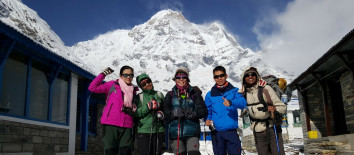
23rd Jan, 2017
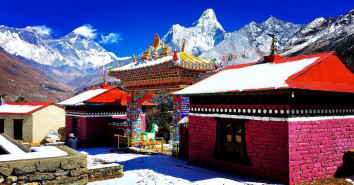
12th Jan, 2014
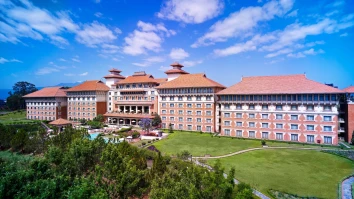
24th Apr, 2017
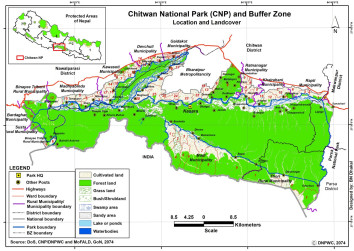
3rd Apr, 2014

3rd Jun, 2017
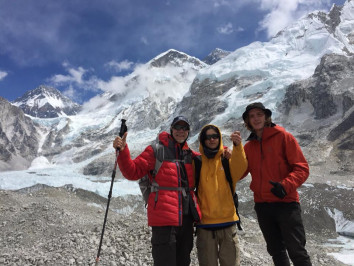
20th Jan, 2017
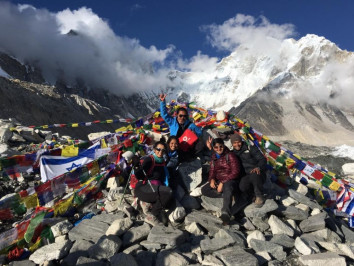
16th Jan, 2017
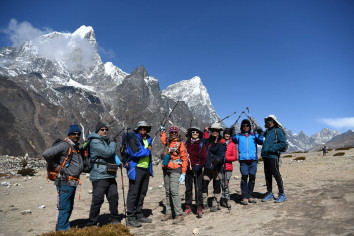
12th Jul, 2015

9th Apr, 2019
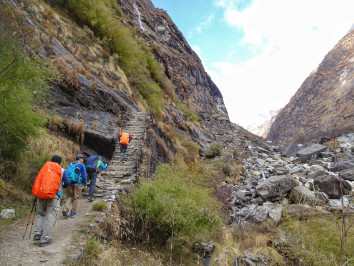
9th Jan, 2014
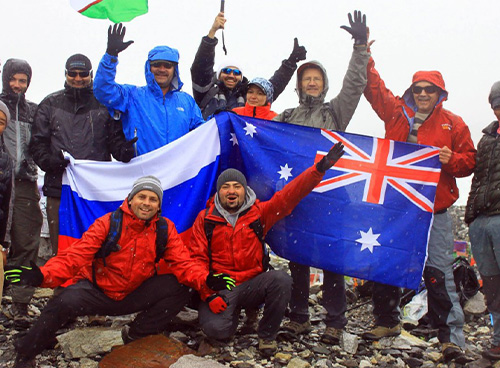
4th Apr, 2019

2nd Jan, 2014

2nd Apr, 2019

2nd Jan, 2014
-1.jpg)
30th Jan, 2017
-1.jpg)
4th Oct, 2018

16th Oct, 2018
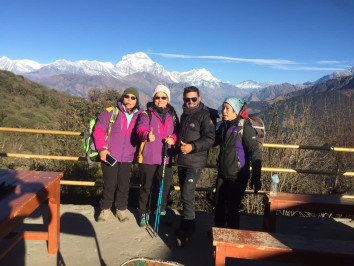
9th Oct, 2018
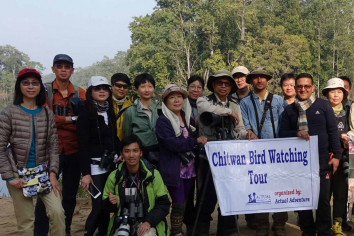
24th Jan, 2016
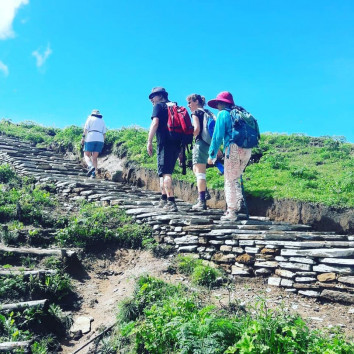
4th Oct, 2018
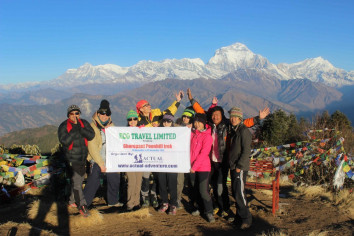
24th Aug, 2022

8th Sep, 2022
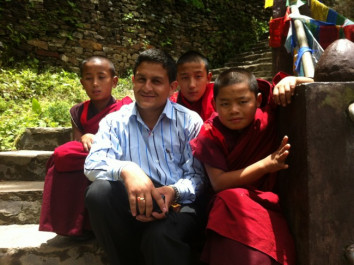
15th Sep, 2022
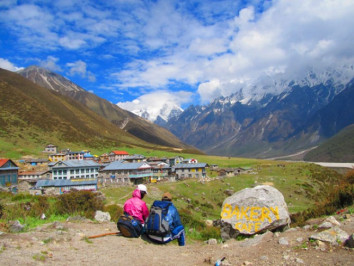
3rd Mar, 2023
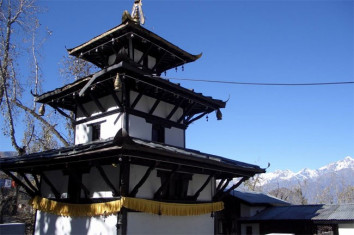
7th Mar, 2023
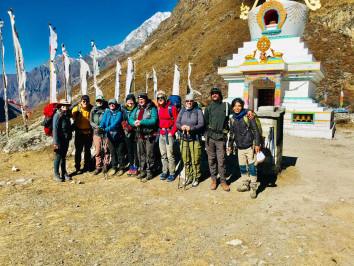
27th Mar, 2023

5th Apr, 2023

12th Apr, 2023
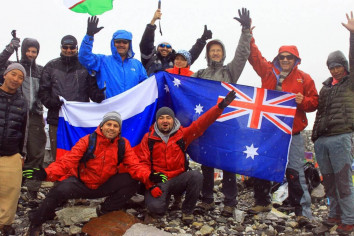
21st Apr, 2023
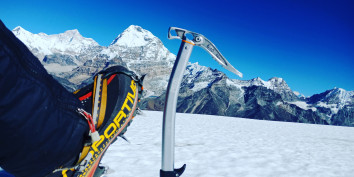
24th Apr, 2023
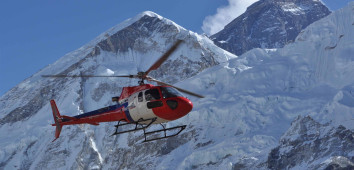
27th Apr, 2023
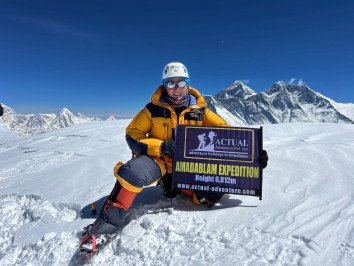
1st May, 2023
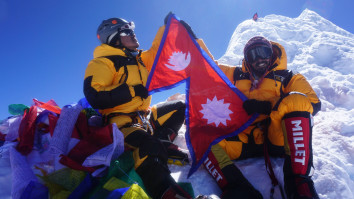
1st May, 2023
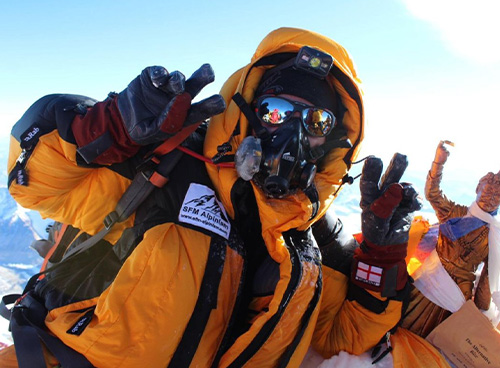
3rd May, 2023
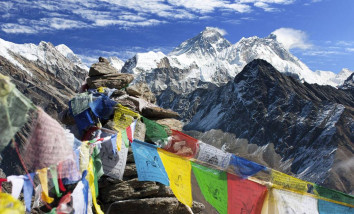
18th May, 2023

19th May, 2023
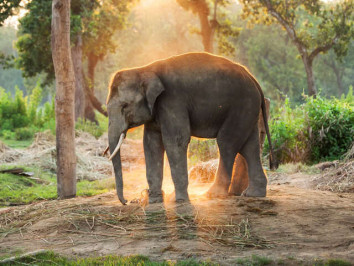
16th Jul, 2023

16th Jul, 2023
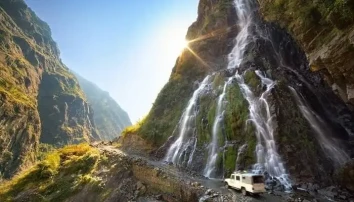
16th Jul, 2023
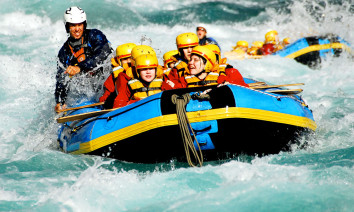
16th Jul, 2023
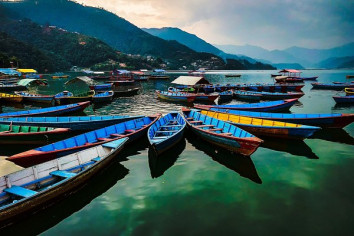
17th Jul, 2023

17th Jul, 2023

17th Jul, 2023
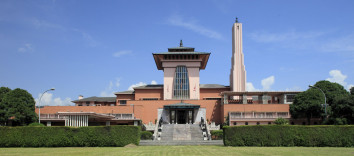
17th Jul, 2023

17th Jul, 2023
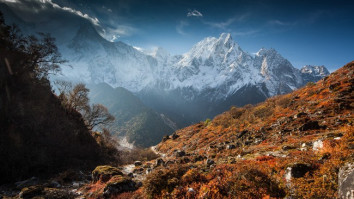
17th Jul, 2023

17th Jul, 2023

20th Jul, 2023
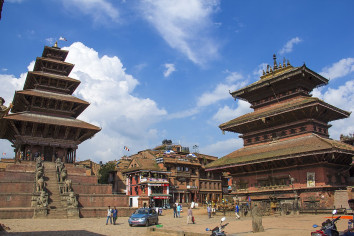
21st Jul, 2023

27th Jul, 2023
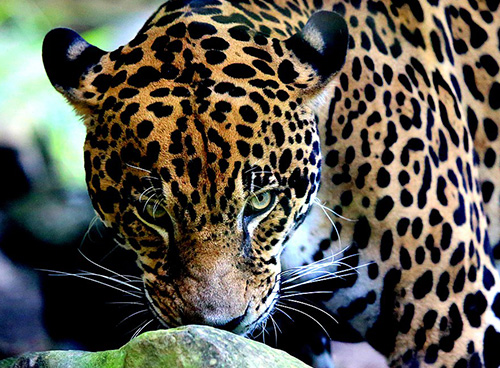
30th Jul, 2023
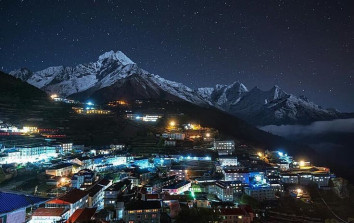
30th Jul, 2023
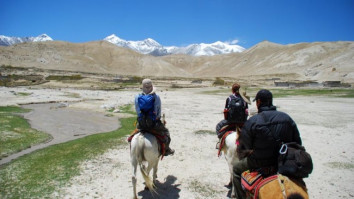
21st Aug, 2023

22nd Aug, 2023
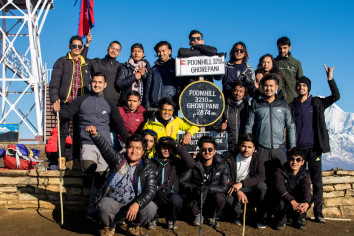
28th Aug, 2023
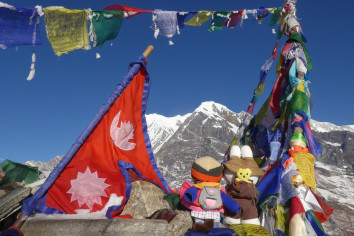
6th Oct, 2023

5th Nov, 2023

7th Nov, 2023

19th Nov, 2023
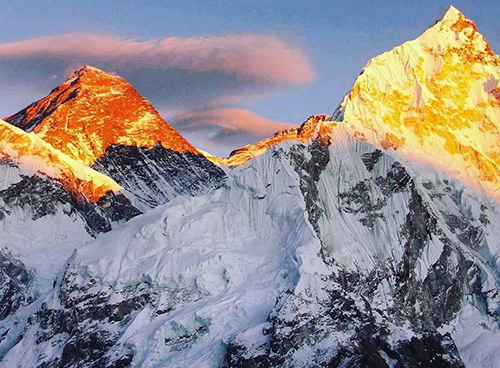
25th Nov, 2023

1st Dec, 2023
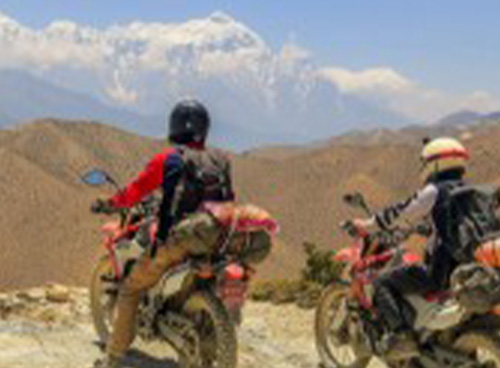
3rd Dec, 2023

13th Dec, 2023
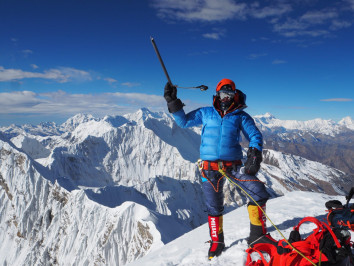
13th Dec, 2023

13th Dec, 2023

21st Dec, 2023
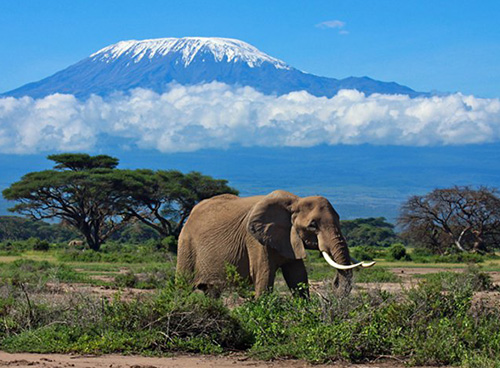
21st Dec, 2023
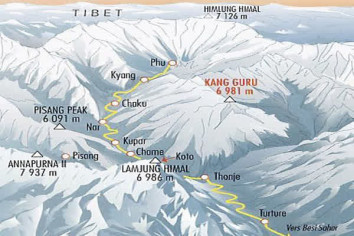
23rd Dec, 2023
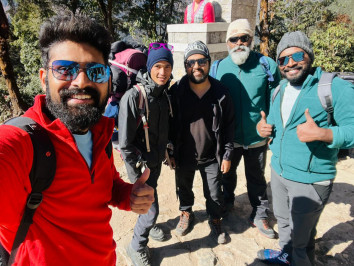
25th Dec, 2023

25th Dec, 2023

31st Dec, 2023
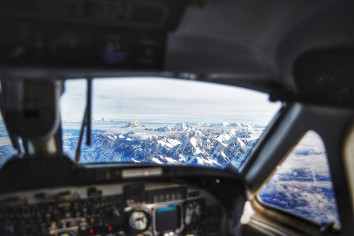
31st Dec, 2023
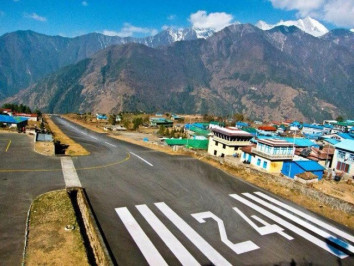
31st Dec, 2023
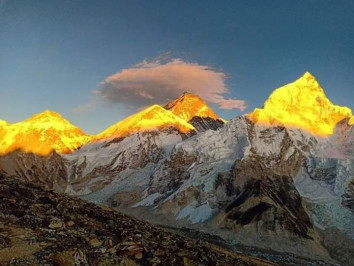
1st Jan, 2024
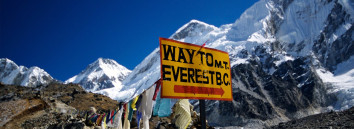
2nd Jan, 2024

2nd Jan, 2024
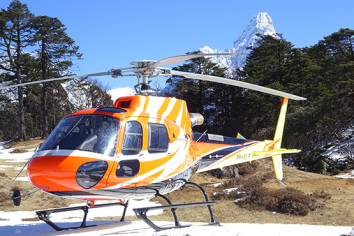
2nd Jan, 2024
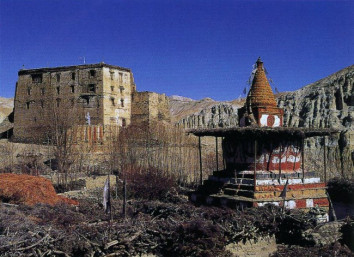
3rd Jan, 2024
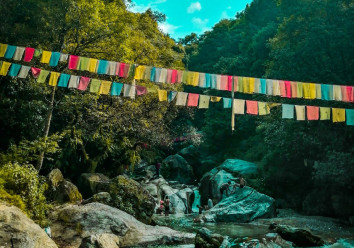
4th Jan, 2024

4th Jan, 2024
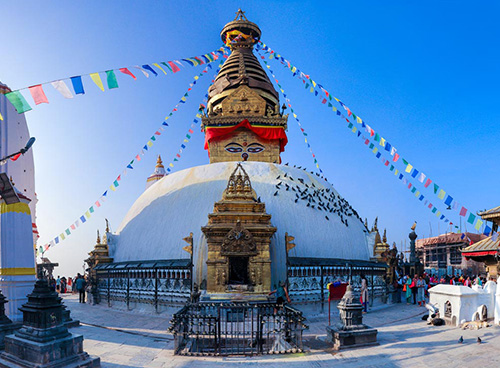
4th Jan, 2024
.jpg)
4th Jan, 2024

4th Jan, 2024
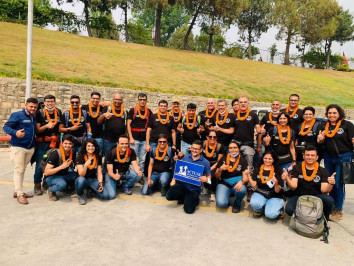
4th Jan, 2024

5th Jan, 2024
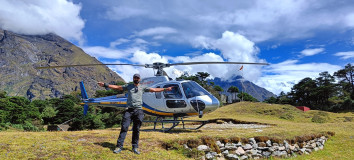
6th Jan, 2024
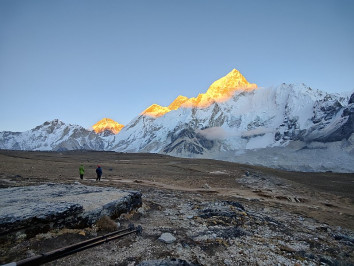
6th Jan, 2024
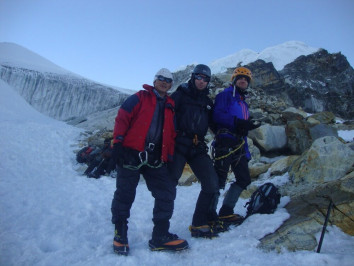
9th Jan, 2024
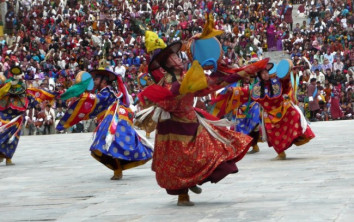
10th Jan, 2024

10th Jan, 2024

10th Jan, 2024
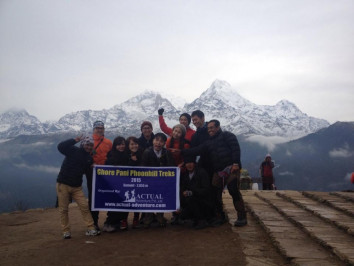
10th Jan, 2024
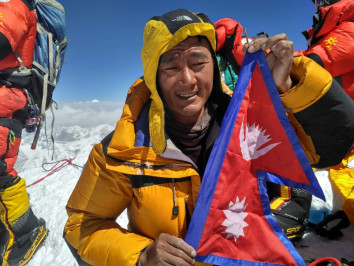
11th Jan, 2024
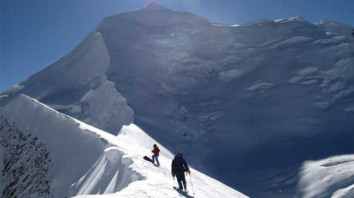
11th Jan, 2024

12th Jan, 2024

12th Jan, 2024
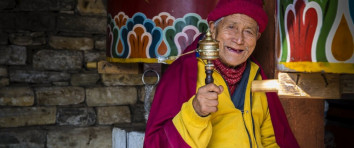
13th Jan, 2024
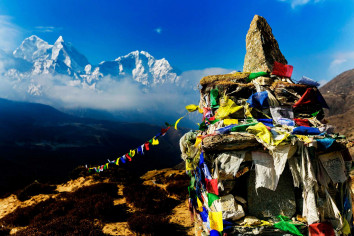
14th Jan, 2024
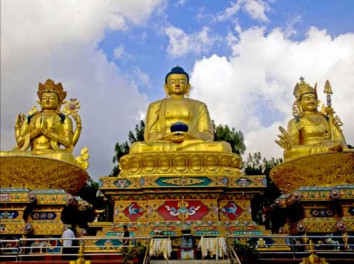
14th Jan, 2024

15th Jan, 2024
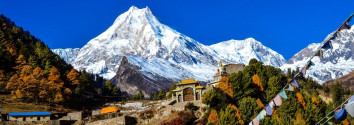
15th Jan, 2024
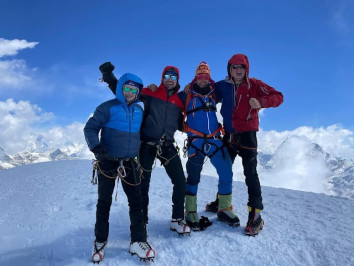
15th Jan, 2024
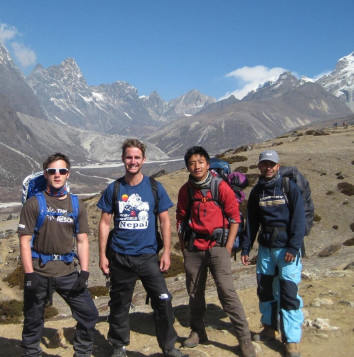
16th Jan, 2024
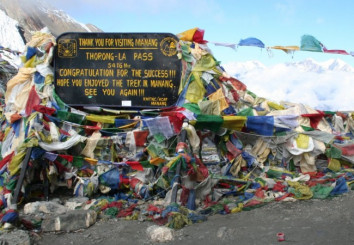
16th Jan, 2024
.jpg)
16th Jan, 2024
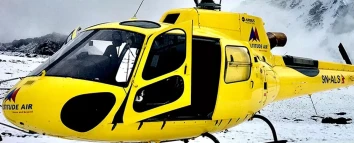
16th Jan, 2024
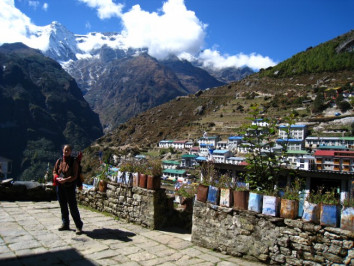
18th Jan, 2024
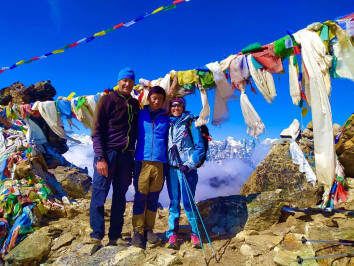
24th Jan, 2024
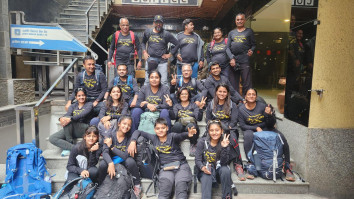
26th Jan, 2024
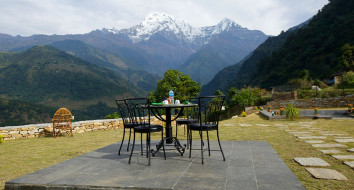
28th Jan, 2024
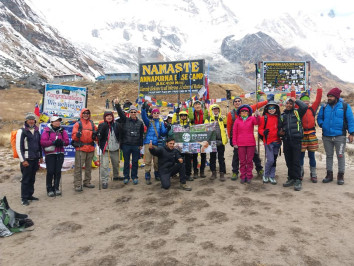
28th Jan, 2024
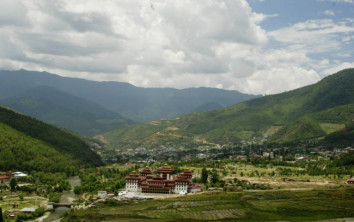
30th Jan, 2024
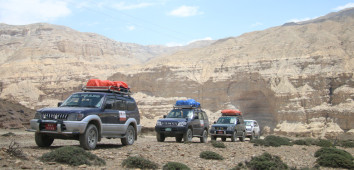
30th Jan, 2024
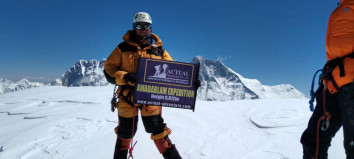
2nd Feb, 2024

2nd Feb, 2024

2nd Feb, 2024
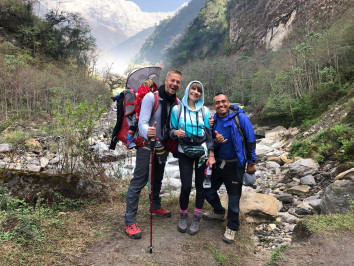
3rd Feb, 2024
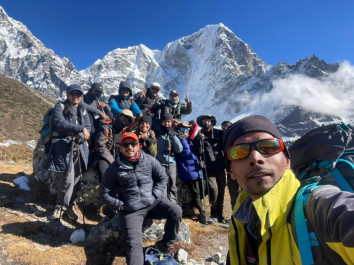
4th Feb, 2024

8th Feb, 2024
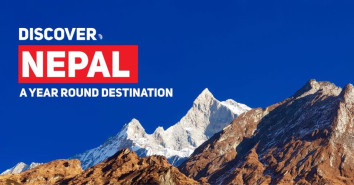
9th Feb, 2024

10th Feb, 2024
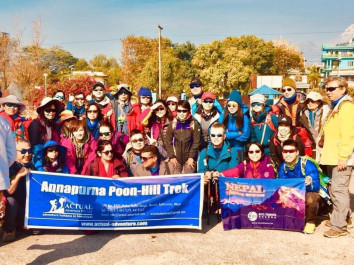
10th Feb, 2024

11th Feb, 2024

12th Feb, 2024

12th Feb, 2024
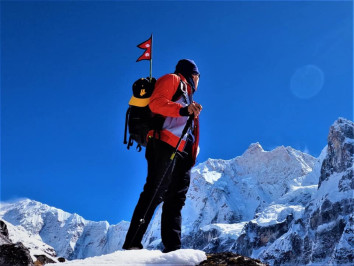
13th Feb, 2024
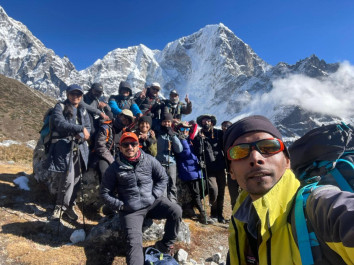
13th Feb, 2024
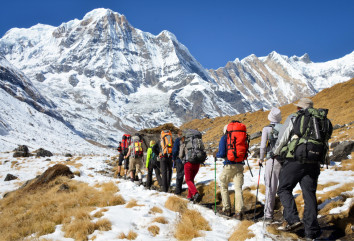
16th Feb, 2024
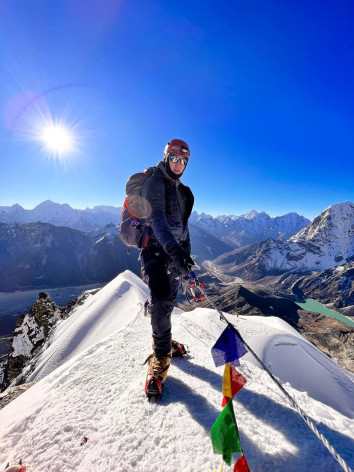
18th Feb, 2024

20th Feb, 2024
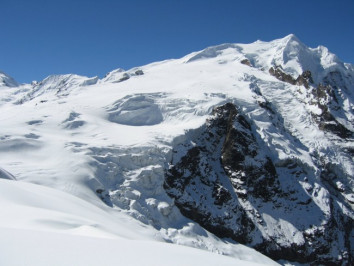
21st Feb, 2024
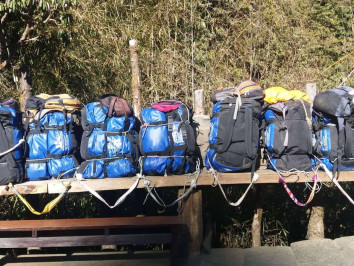
21st Feb, 2024

27th Feb, 2024
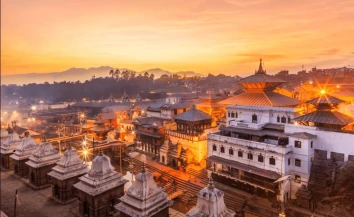
3rd Mar, 2024
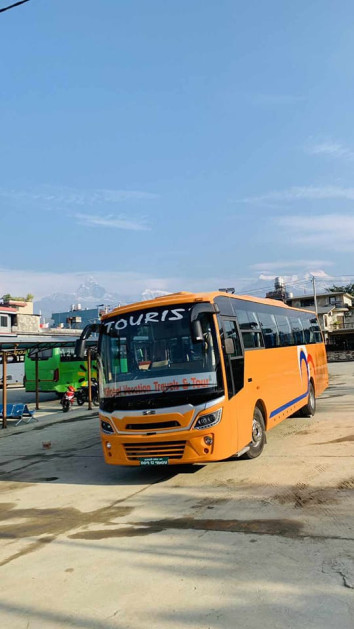
3rd Mar, 2024
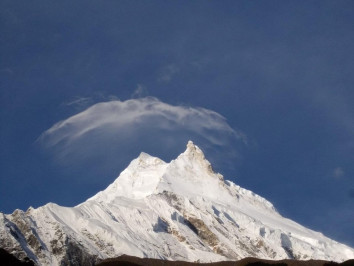
4th Mar, 2024
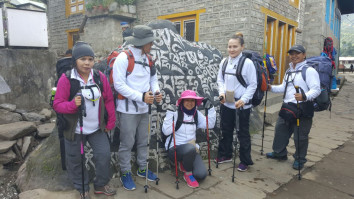
5th Mar, 2024
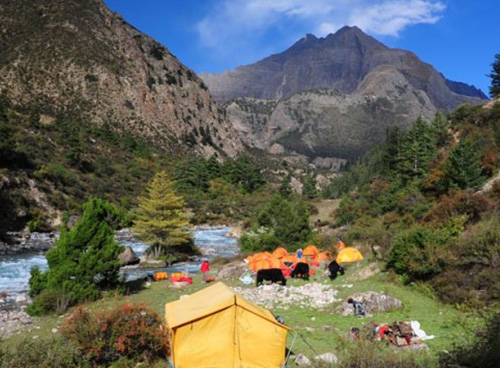
5th Mar, 2024

10th Mar, 2024

10th Mar, 2024

10th Mar, 2024
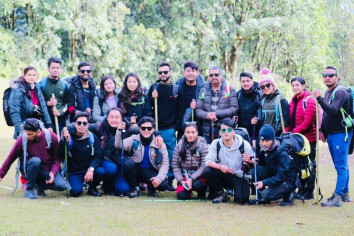
11th Mar, 2024

13th Mar, 2024

13th Mar, 2024
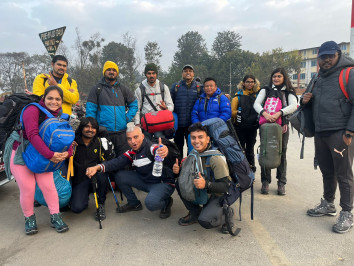
19th Mar, 2024
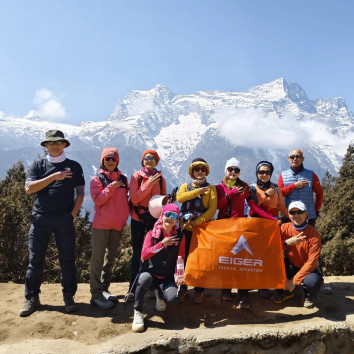
22nd Mar, 2024

26th Mar, 2024
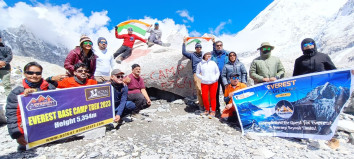
27th Mar, 2024

27th Mar, 2024
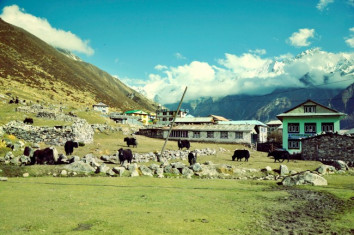
27th Mar, 2024
-1624864292-1.jpg)
28th Mar, 2024
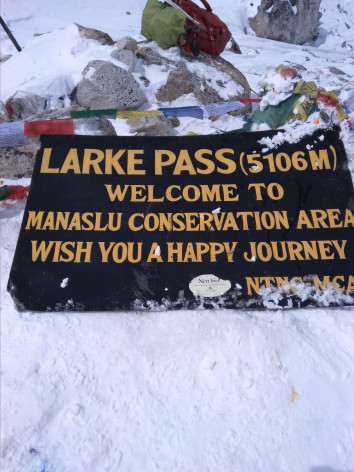
2nd Apr, 2024

2nd Apr, 2024

4th Apr, 2024
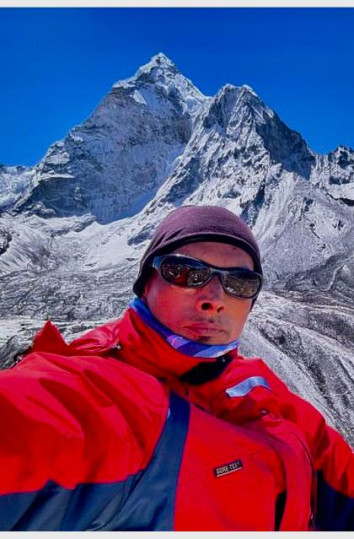
12th Apr, 2024
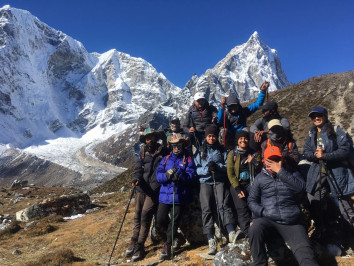

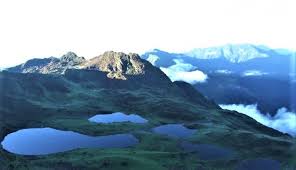

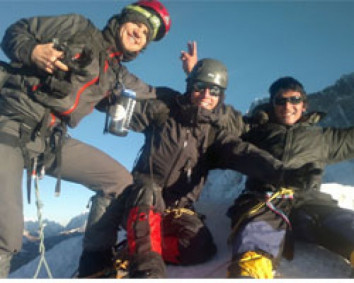
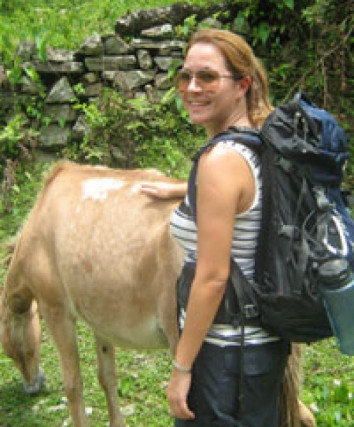
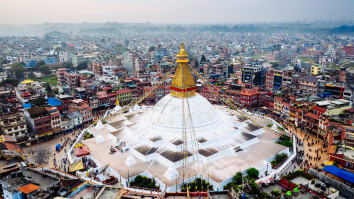

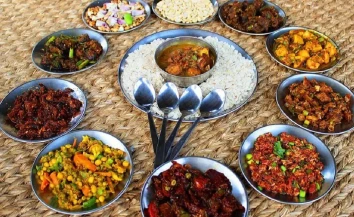
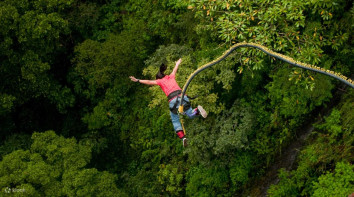
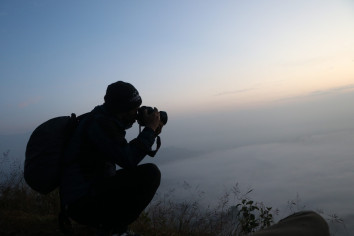
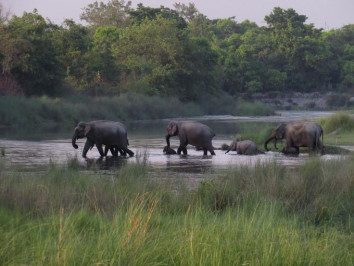
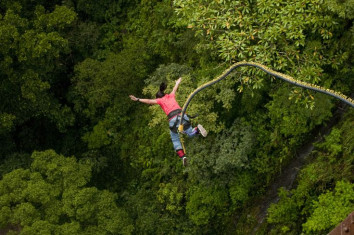
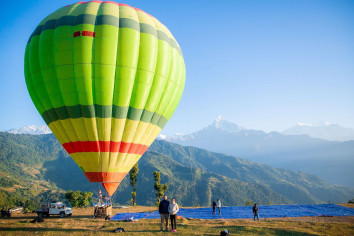


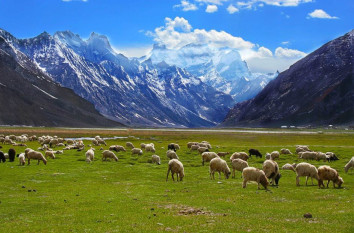



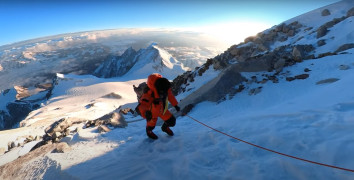
.jpg)

